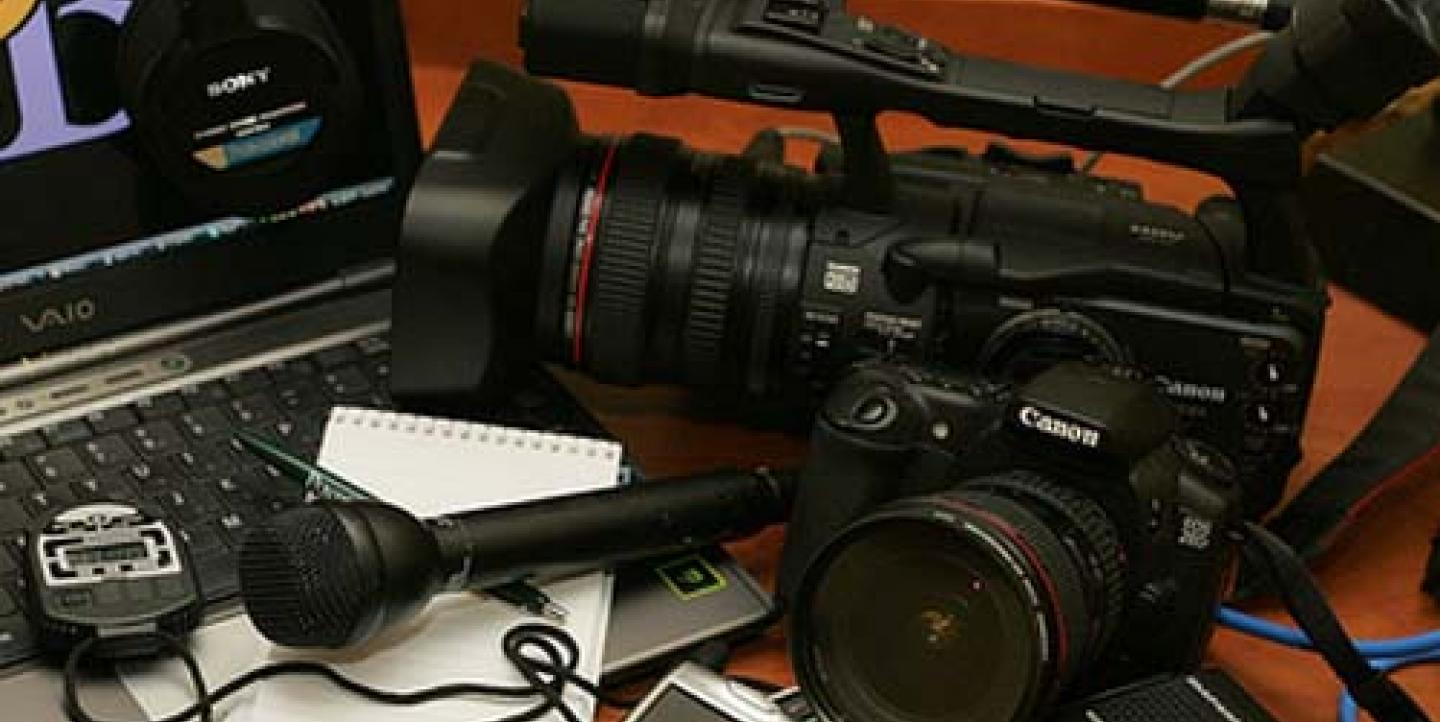Good multimedia journalism requires multi-tasking journalists who are observant and flexible.
IJNet asked experienced multi-platform reporter Karla Leal about what makes a good multimedia journalist. Leal, who recently gave a presentation on multimedia journalism during Mass Communication Week at the School of Journalism and Mass Communication at Texas State University, is currently an anchor at Spanish-language news channel Telemundo Austin.
Here's her advice:
-The more tools the better. A journalist who wants to work on a multimedia platform must take advantage of many options and tools offered to tell their stories.
"If I had to pick basic tools we have to master, I would choose good writing, photography, audio interviews and proper video shooting and editing."
-Offer your readers options. Start with the more commonly available web platforms, then add other elements to make the report "more complete and attractive."
"For example, if it's an audio interview, first I edit the interview and, after listening to it, I would try to find photographs that complement the interviewee's responses, to make an audio slideshow or photo story," Leal said.
She added that if the subject or issue described in the story includes statistics she would add graphics, percentage tables or a map, if the report contains information that can be displayed.
-Complement, don't repeat. Be creative and experiment with all the tools you have available, but don't use different formats to say the same thing. "All elements should complement, not repeat, information."
-Plan. A multimedia journalist must "know how to plan." When reporting you must "investigate in advance the subject, topic or event" to decide the best medium for telling that story.
At the same time, be willing to modify the plan if something doesn't go as expected, Leal says. "We can't predict exactly what will happen when we cover an event or do an interview."
-Check your equipment. Make sure video cameras have batteries and bring back-ups.
-Promote your work. Any multimedia journalist, but especially a recent graduate, should have a social media presence as well as examples of their work published online. Leal says a blog-style portfolio would do the trick.
-Work as a team to accomplish more. While one person focuses on the interview, another can shoot video or photos and a third person can create graphics.
-Don't rely on your smartphone. New phones that shoot, take pictures and record audio are very helpful, but you shouldn't rely on them alone to report. Mobile apps for note-taking and capturing audio and video are convenient, but you'll end up sacrificing a bit of the quality of the images or sound, she said.
This article also appears in IJNet's Spanish edition.

